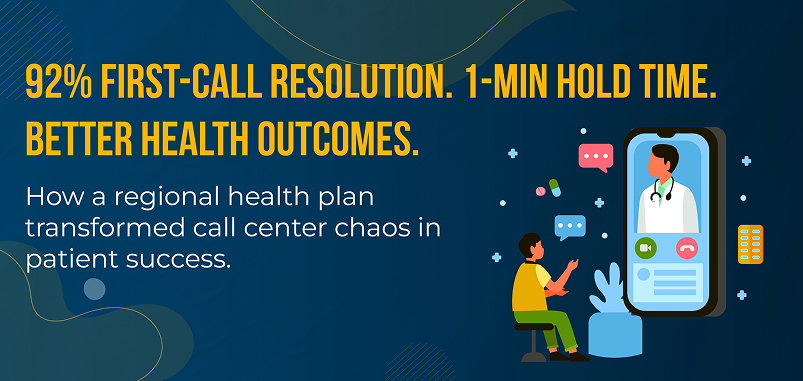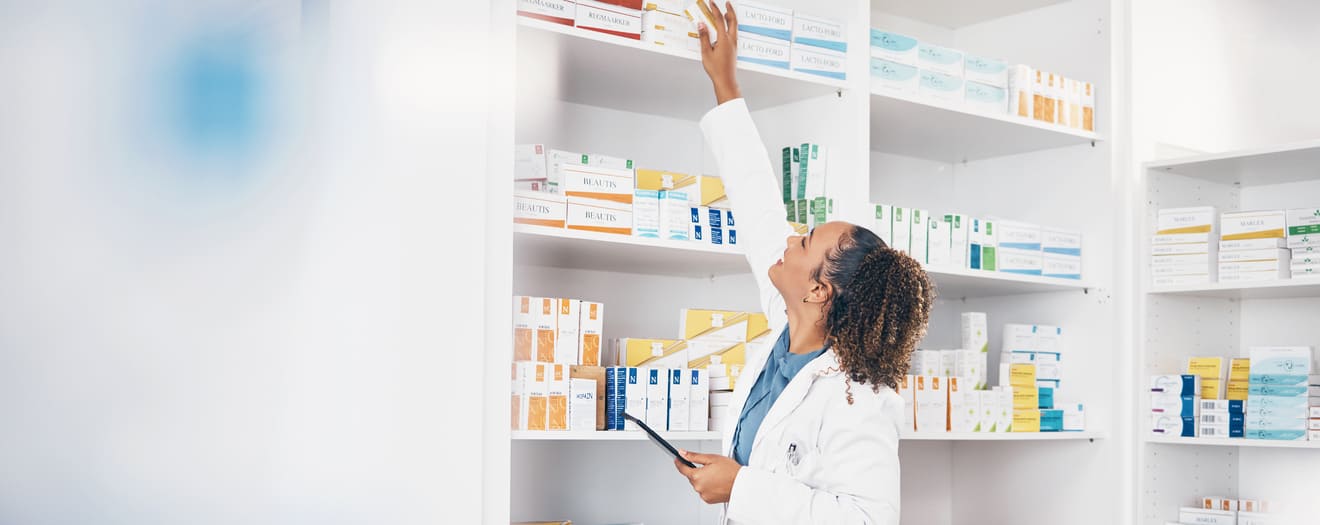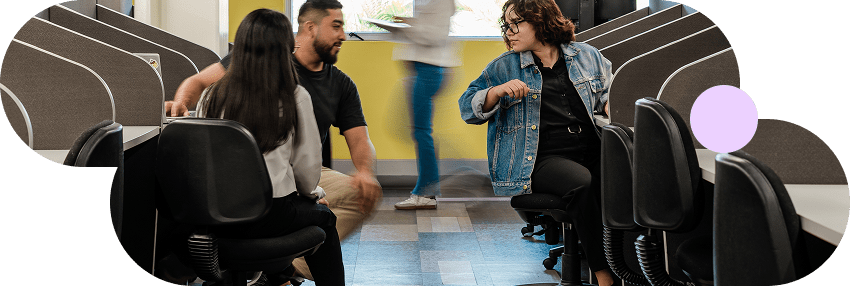Nothing derails a medication routine quite like a 40‑minute hold just to verify coverage. When members can’t get timely answers about formularies, prior authorizations, or copay tiers, they may delay refills or skip them altogether. The result? Lower medication adherence, higher downstream medical costs, and frustrated plan sponsors.
That’s where dedicated pharmacy benefit call centers come in. By combining clinical know-how, inbound‑service discipline, and strict compliance controls, these teams keep members on track and plans within budget.
Speed Is the New Safety Net
Studies show that with every passing minute on hold, callers are more likely to hang up. In a pharmacy‑benefit context, that abandoned call often translates into an abandoned prescription. Implementing a purpose‑built inbound call‑center solution dramatically cuts average hold times, getting members the help they need before frustration sets in.
Plans that have adopted best‑in‑class workflows like those described in our guide to inbound call center strategies for satisfying customer experience report hold times under 30 seconds even during formulary‑change season.
Omnichannel Access Keeps Members Engaged
Pharmacy questions don’t always start with a phone call. Some members prefer chat, SMS reminders, or a secure online portal. A true omnichannel contact‑center platform brings all those interactions into a single view, so clinical agents can see past conversations and pick up exactly where a patient left off.
If you’re exploring channel expansion, our overview of omnichannel call‑center solutions explains how unified routing and analytics turn scattered touchpoints into a seamless experience—one that keeps refills on schedule.
Clinically Trained Agents Make the Difference
Answering pharmacy benefit questions takes more than basic customer service skills. Agents need to understand drug tiers, step therapy rules, and prior‑auth workflows, all while speaking the language of pharmacists, physicians, and patients.
Top performing centers invest heavily in onboarding, using frameworks like the agent training process to build clinical knowledge and empathy from day one. Well‑trained staff resolve more inquiries on the first call, which not only lowers average handle time but also boosts members’ confidence in their plan.
Quality Assurance Protects Accuracy (and Adherence)
When it comes to medication, mistakes aren’t an option. Automated scorecards and call review bots flag gaps in real time, which allows supervisors to coach quickly and prevent any repeat mistakes. Our post on why QA automation is essential explains how modern analytics keep quality high without slowing agents down.
Consistent, correct answers encourage members to refill on time—one of the strongest predictors of long‑term adherence.
Compliance and Data Security Are Non‑Negotiable
Handling protected health information demands airtight controls—from HIPAA training to encrypted communications. Leading providers enforce strict audit trails and hold third‑party certifications, as outlined in their security and compliance programs.
These safeguards don’t just protect member data, they also shield plan sponsors from financial and reputational risk.
Measuring Success: The Metrics That Matter
A pharmacy benefit call center should track more than just abandoned calls. Key performance indicators include:
- Time to Therapy – Days from prescription to first fill
- First‑Call Resolution – Percentage of inquiries resolved without escalation
- Medication Possession Ratio (MPR) – A direct measure of adherence
- Member Satisfaction (CSAT) – Feedback on access, clarity, and empathy
Continuous benchmarking guided by contact‑center best practices helps identify bottlenecks early, allowing for quick adjustments before they impact refill rates.
Real‑World Impact: A Quick Case Snapshot
A regional health plan was struggling with high call abandonments during open enrollment. After shifting benefit questions to a dedicated pharmacy line with clinically trained agents, hold times dropped from nine minutes to under one. First‑call resolution jumped to 92 %, and the plan saw a three‑point rise in medication‑adherence scores within two quarters—proof that faster answers lead to better health outcomes.

Final Takeaway
From the first Rx to the final refill, every interaction matters. Pharmacy benefit call centers that combine rapid response, clinical expertise, omnichannel options, and top‑tier security do more than answer questions. They help members stay healthy and keep costs in check.
If cutting wait times and boosting adherence are on your priority list this year, a specialized support partner could be the most effective prescription. Reach out through our contact options to learn how a tailored pharmacy benefit solution can improve outcomes—for both your members and your bottom line.



